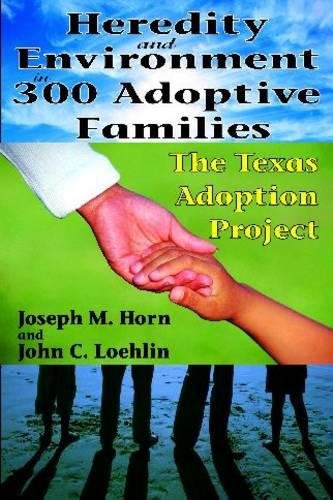

Most ebook files are in PDF format, so you can easily read them using various software such as Foxit Reader or directly on the Google Chrome browser.
Some ebook files are released by publishers in other formats such as .awz, .mobi, .epub, .fb2, etc. You may need to install specific software to read these formats on mobile/PC, such as Calibre.
Please read the tutorial at this link: https://ebookbell.com/faq
We offer FREE conversion to the popular formats you request; however, this may take some time. Therefore, right after payment, please email us, and we will try to provide the service as quickly as possible.
For some exceptional file formats or broken links (if any), please refrain from opening any disputes. Instead, email us first, and we will try to assist within a maximum of 6 hours.
EbookBell Team

4.7
26 reviewsThis book presents the results of a thirty-five-year research project involving 300 families, each of whom adopted at least one child at birth from a Texas home for unwed mothers during the period of 1962-1970. The book weaves together information about the birth parents of the adopted children; information about the adoptive parents; and information about the children in these families.
Children adopted at birth have two sets of parents. Birth parents provide their adopted-away child with a genetic endowment, but do not participate in shaping the child's environment. Adoptive parents do not contribute genetically, but are otherwise in charge of directing the child's development. If adopted children grow up to resemble birth parents they have never seen, the clear inference is that hereditary factors have had an influence. Environmental factors are implicated whenever children resemble their adoptive parents, but not the birth parents. The Texas Adoption Project was designed to investigate the impact of genetic and environmental factors.
This unique and innovative longitudinal study is written for specialists and the educated public. An introductory guide is provided for the non-specialist reader explaining the form and statistical content of the tables. Additional technical material for specialists is contained in appendices. This important contribution to the literature on adoption will also be of interest to those interested in the relative weight of genetics and environment in human development.